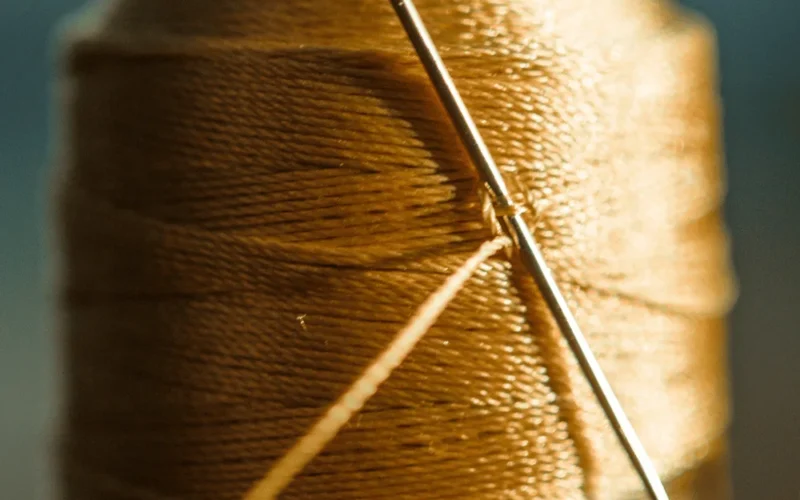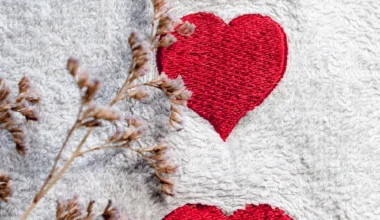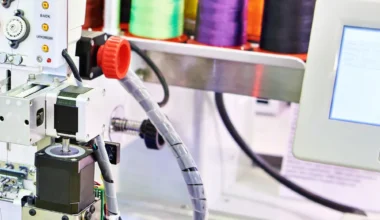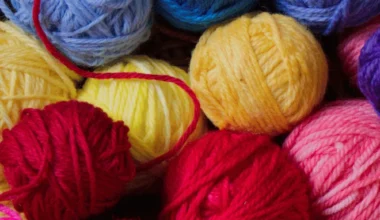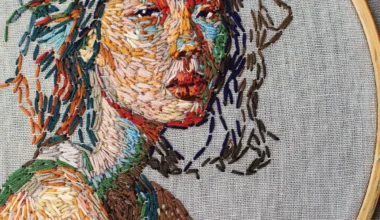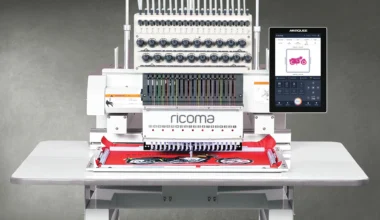Embroidery is a craft that lets you weave your creativity into beautiful fabric.
Once you’ve gotten familiar with basic stitches and practices, you might be interested in how using thick embroidery thread can take your projects to a whole new level when you start your embroidery business.
With so many options, how do you decide the next best embroidery thread to use for your project? Let’s explore venturing into embroidery with thick thread so you can make the most of them in your stitching adventures!
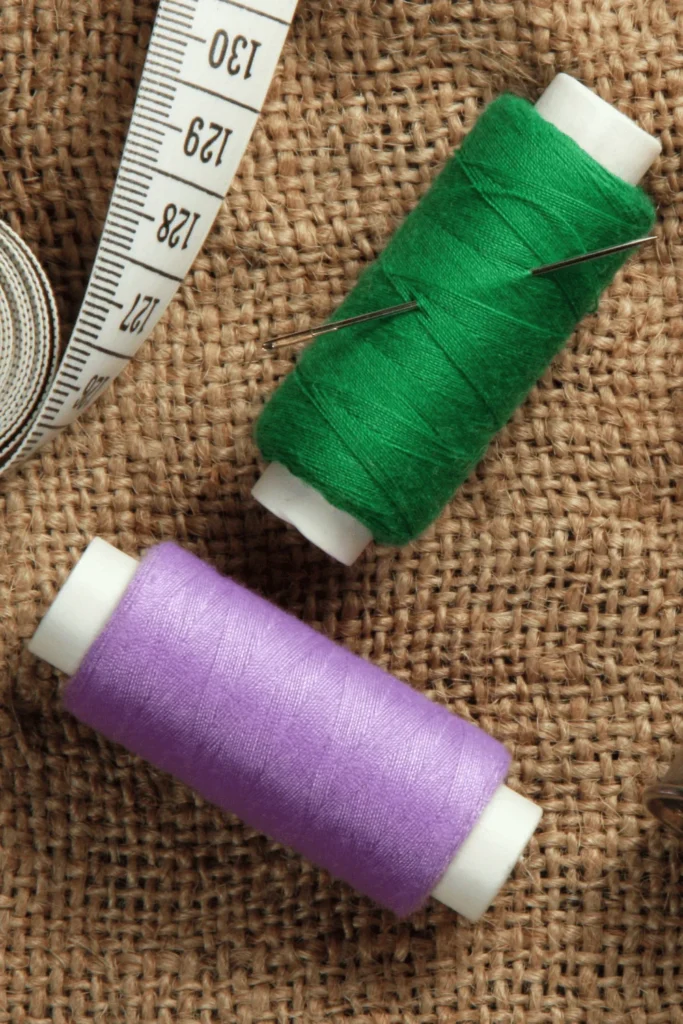
Types of Thick Embroidery Threads
Wool Threads
Wool threads are perhaps one of the coziest thick thread for embroidery. It’s textured and perfect for creating designs that stand out, whether you’re stitching a bold statement piece or adding dimension to a cozy scene.
Perle Cotton
Perle cotton threads come in all sorts of thicknesses, making them perfect for a wide range of stitching techniques. Use them to create crisp, defined stitches or add texture to your embroidery work.
Tapestry Yarn
This thick and durable yarn is perfect for embroidery, especially when you want to make a statement. Use it for large-scale projects or chunky stitches that demand attention. You can mix and match different colors to create intricate designs with depth and richness.
Ribbon
Ribbon embroidery is like painting with fabric. The thick, glossy texture of ribbon adds a touch of luxury to any project. You can use it to create three-dimensional floral motifs, embellish clothing, or add accents to home decor items.
Floss
You might also know floss as pearl cotton floss. It’s great for adding texture and dimension to your stitching.
Thicker weights will make bold, impactful stitches that pop off the fabric. You can also use variegated floss to add depth and interest to your designs.
Chenille Thread
Chenille thread is like the velvet of the embroidery world.
It’s soft, plush, and adds a unique texture to your projects. You can use it to create raised or padded stitches that add a whole new dimension to your embroidery.
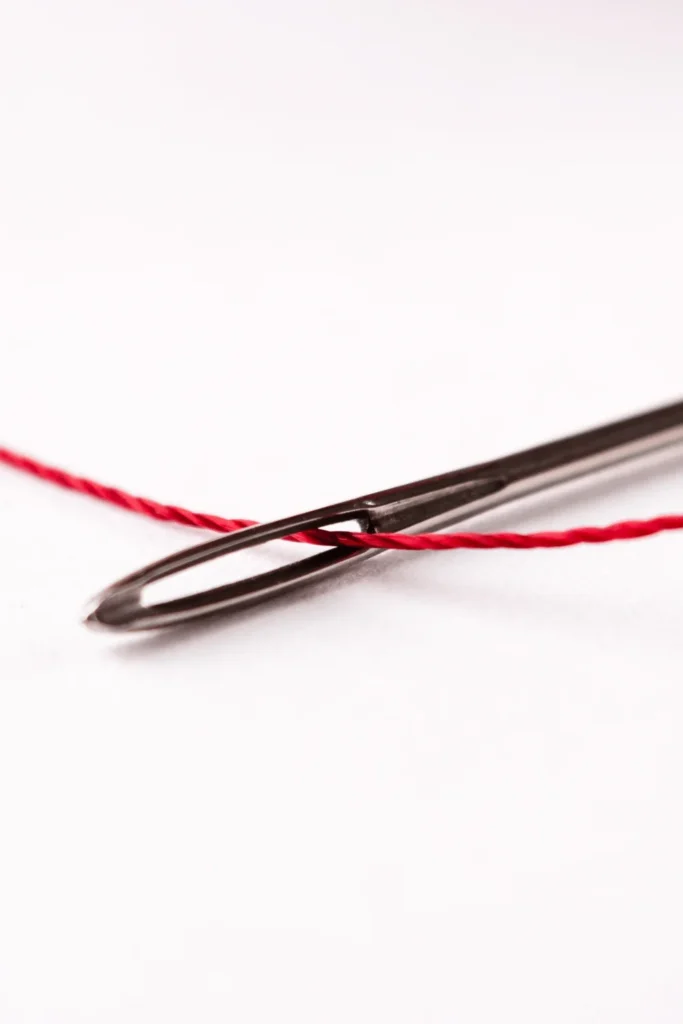
Metallic Thread
Because who doesn’t love a little sparkle? ✨
Metallic embroidery thread is perfect for adding glamour and glitz to your projects. Use it to embellish special occasion garments, holiday decorations, or add accents that catch the light just right. You’ll need to take your work especially slow to avoid tangling and breakage.
Acrylic Yarn
Durable, colorful, and versatile, acrylic yarn creates bold designs with a soft and lightweight finish that’s perfect for both hand and machine stitching.
Necessary Tools and Materials
Embroidery is a delightful blend of creativity and technique, and having the right tools and materials at hand can make all the difference in bringing your vision to life.
Let’s explore some essential tools and materials you’ll need to make the most of your thick embroidery thread adventures!
Needles
- Chenille needle: When you’re working with thick threads like chenille and tapestry yarn, you’ll want the chenille needle. It has a large eye and sharp point, making it great for maneuvering through those chunky stitches with ease.
- Tapestry needle: For wool threads and tapestry yarn on heavier fabrics, the tapestry needle’s blunt tip and large eye are great for even tough fabrics.
- Crewel needle: When you’re embroidering on medium-weight fabrics with threads like perle cotton, the crewel needle is your best bet. It’s got a long, sharp point and a slightly larger eye.
Fabrics
Embroidering on different fabrics takes different skills and tools! Here’s a breakdown of the most common fabrics used!
- Canvas: If you’re planning on some heavy-duty embroidery work with thick threads like wool and tapestry yarn, canvas has sturdy and tightly woven textures that can handle even the chunkiest of stitches.
- Linen: Linen is perfect for working with a variety of thick threads like perle cotton and metallic thread.
- Denim: Denim is a durable and textured surface is ideal for creating bold designs with threads like chenille and acrylic yarn.
- Aida cloth: If you’re just starting out in embroidery and working with embroidery thick threads like floss and ribbon, Aida cloth is your new best friend, with its evenly spaced holes.
- Felt: For a soft and fuzzy surface and design, felt is for you. It’s great for creating plush designs with threads like chenille and acrylic yarn, giving your projects that extra cozy touch.
Additional Supplies
Embroidery Hoop
Hoops help keep your fabric taut, making stitching easier and preventing wrinkles. You’ll want to match the hoop size to your project’s dimensions and the thickness of your thread.
Opt for a smooth wooden or plastic hoop to avoid snagging or damaging thick threads.
Thread Conditioner
Keep your thick embroidery threads in top shape with thread conditioner, like beeswax or thread gloss.
These will help prevent tangling and fraying, especially important for thick threads prone to unraveling. To apply, put a little bit on your fingers or directly onto the thread before stitching for smoother gliding and reduced friction, particularly helpful with metallic or chenille threads.
Scissors
Precision is key when cutting thick embroidery thread, so reach for sharp scissors with a fine tip. Invest in dedicated embroidery scissors to prolong their sharpness.
Stabilizer
Choose the right type of embroidery stabilizer — tear-away, cut-away, or water-soluble — to suit your fabric and technique. Apply it to the back of your fabric before stitching to add support and prevent puckering or stretching.
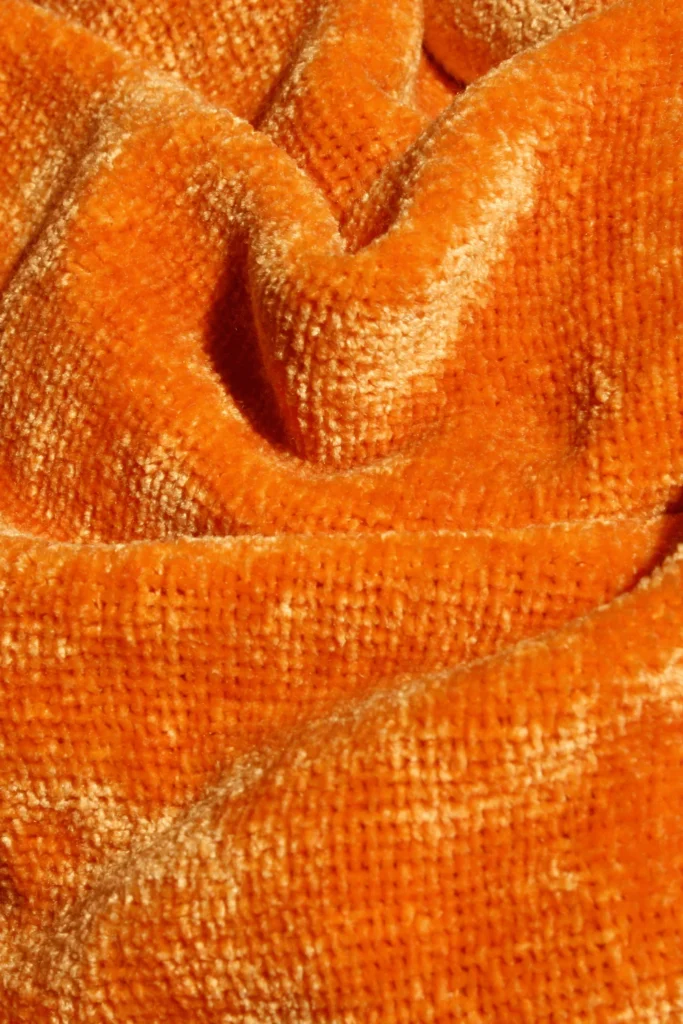
Thimble
Protect your fingers from needle pricks, especially when working with forceful thick threads, by using a thimble. Silicone or leather thimbles offer a snug fit and better grip for handling thick threads with ease.
Tips & Techniques for Embroidering with Thick Thread
Know Your Stitches
Get acquainted with embroidery stitches that work well with thick thread, like satin stitch, French knots, and chain stitch.
You might want to experiment with different lengths and densities to achieve the texture and coverage you want. Try practicing on scrap fabric beforehand to make sure your stitches are uniform and consistent before diving fully into your project.
Adjust Machine Tension
When using thick thread with a sewing machine, tweak the tension settings to match the embroidery thread thickness. Test on a fabric scrap to ensure balanced stitches and smooth thread feeding.
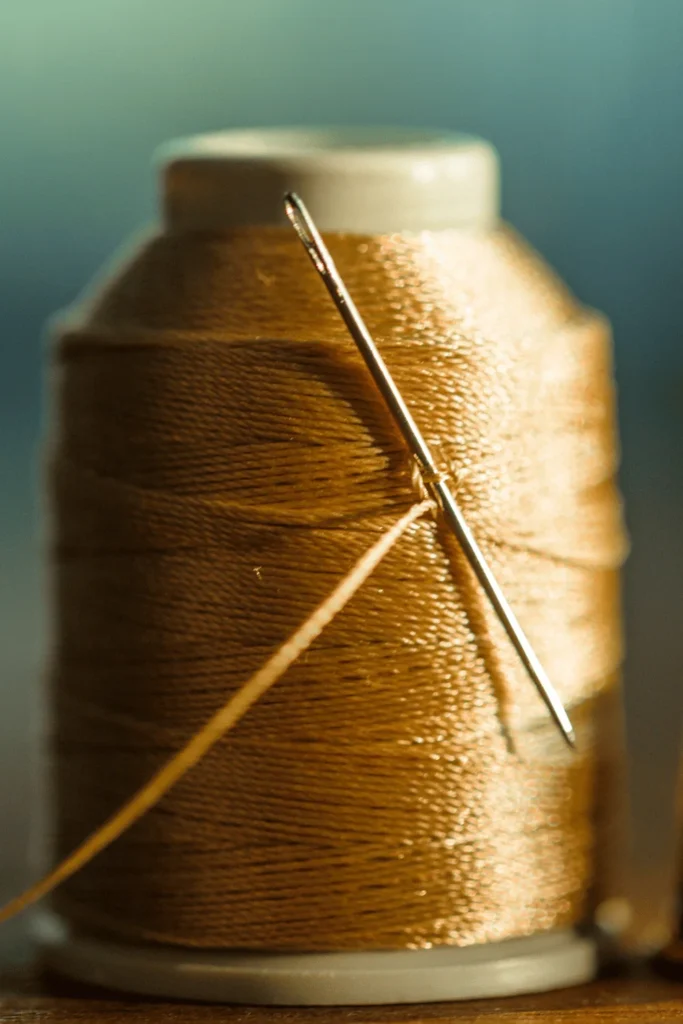
Use the Right Needle
For thick threads like chenille or tapestry yarn, opt for a needle with a large eye and sharp point to prevent snagging or splitting.
Regularly change your needle to prevent dulling and ensure seamless stitching.
Clean & Sharpen Your Tools
Keep your embroidery tools in top shape for precise stitching. Regularly wipe down scissors to remove buildup and use an emery board or sharpening stone to sharpen the blades. Check needles for burrs or dull points, replacing them promptly to avoid damaging thread or fabric.
Find Your Favorite Ricoma Embroidery Machine Through the Thick and Thin (Threads)!
Embroidery enthusiasts know that the right machine can make all the difference, especially when working with thick threads.
Whether you’re stitching with wool, tapestry yarn, or metallic thread, Ricoma embroidery machines are up to the task. Compare our embroidery machines and find the best one for your needs!
